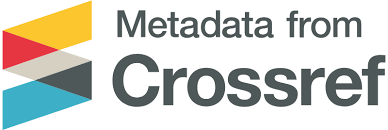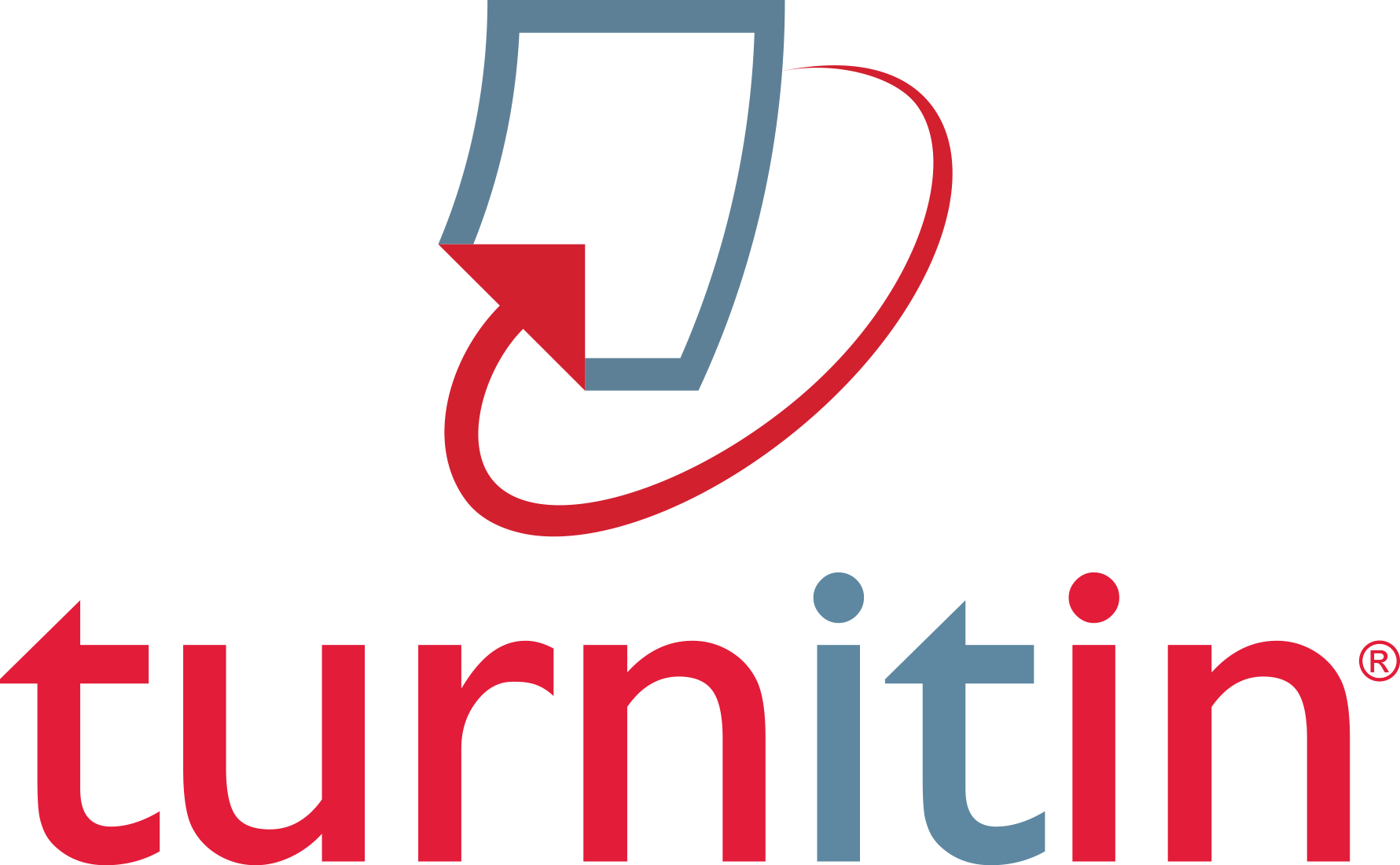Kemampuan Siswa dalam Pemecahan Masalah Matematika dengan Strategi Heuristik
Abstract
The purpose of this study is to describe the ability of students in solving mathematical problems after learning with heuristic strategies. This quasi-experimental study uses a randomize control group pretest-posttest design. The experimental group is a group of students who are taught with heuristic strategies, and the control group is students who are taught with conventional approaches. The population is 280 high school grade X students. Samples n = 74 for the experimental class, and n = 72 for the control class were taken through cluster random sampling. Based on data analysis through analysis of covariant, the results obtained that learning with heuristic strategies are better than conventional approaches to students' ability to solve mathematical problems.
References
Baroody, A. J. (1993). Problem Solving. Reasoning, and Communicating K-8 (Helping Children Think Mathematically). New York: Macmillan Publishing Company.
Behlol, M. G., Akbar, R. A., & Sehrish, H. (2018). Effectiveness of Problem Solving Method in Teaching Mathematics at Elementary Level. Bulletin of Education and Research, 40(1), 231-244
Chavez, J. A. (2007). Enlivening Problems with Heuristics Through Learning Activities and Problem Solving (LAPS). Learning Science and Mathematics, SEAMEO RECSAM, Issue 2, 1-8
Hamdani. (2010). Strategi Belajar Mengajar. Bandung: Pustaka Setia
Hoona, T.H., Kee, K. L., and Singh, P (2013). Learning Mathematics Using Heuristic Approach. Procedia - Social and Behavioral Sciences, 90. 862-869.
Hudoyo, H. (2005). Pengembangan Kurikulum Matematika dan Pelaksanaannya di Depan Kelas. Surabaya: Usaha Nasional.
Mann, P.S. (2011). Introductory Statistics. USA: Estern Connecticut State University.
NCTM. (2010). Why Is Teaching With Problem Solving Important to Student Learning?. 1-6.
Neter, J., & Wasserman, W. (1974). Applied Linear Statistical Models. USA: Richard. D. Irwin, Inc
Ngalimun. (2014). Strategi dan Model Pembelajaran. Yogyakarta: Aswaja Presindo.
Novotná, J. et al. (2014). Problem Solving in School Mathematics Based on Heuristic Strategies. Journal on Efficiency and Responsibility in Education and Science, Vol. 7, No. 1, 1-6
Oztruk, T., & Guven, B. (2016). Evaluating Students’ Beliefs in Problem Solving Process: A Case Study. Eurasia Journal of Mathematics, Science & Technology Education, 12(2), 411-429
Perveen, K. (2010). Effect Of The Problem Solving Approach on Academic Achievement of Students in Mathematics at the Secondary Level. Contemporary Issues In Education Research, 3 (3), 9-14
Pimta, S., Tayraukham, S., & Nuangchalerm, P. (2009). Factors Influencing Mathematic Problem-Solving Ability of Sixth Grade Students. Journal of Social Sciences, 5 (4), 381-385
Polya, G. (1973). How To Solve It. New Jersey. Princeton
Schoenfeld, A. H. (1985). Mathematical Problem Solving. USA. Academic Press, Inc
Sriasih, N. W, Syahruddin., & Japa, I.G.N (2014). Pengaruh Keterampilan Pemecahan Masalah Terhadap Hasil Belajar Matematika Siswa Kelas III SD Negeri 1 Banyuning. e-Journal Mimbar PGSD Universitas Pendidikan Ganesha Jurusan PGSD, 2(1), 1-10.
Tambunan, H. (1999). Kemampuan Siswa Menyelesaikan Soal Cerita Pokok Bahasan Trigonometri dengan Strategi Heuristik. (Unpublished Master Tesis). IKIP Surabaya
Tambunan, H. (2014). Strategi Heuristik dalam Pemecahan Matematika Sekolah. Jurnal Saintech. Vol. 6 , No. 4, 35-40
Tambunan, H. (2016). Mathematical Model for Mapping Students’ Cognitive Capability. International Journal of Evaluation and Research in Education (IJERE), Vol.5, No.3, 221-226
Tambunan, H. (2018). Impact of Heuristic Strategy on Students’ Mathematics Ability in High Order Thinking. International Electronic Journal of Mathematics Education. Vol. 13, No. 3, 321-328
Tambunan, H. (2019). The Effectiveness of the Problem Solving Strategy and the Scientific Approach to Students’ Mathematical Capabilities in High Order Thinking Skills. International Electronic Journal of Mathematics Education.Vol. 14, No. 2, 293-302
Tambunan, H., dan Naibaho, T. (2019). Performance of mathematics teachers to build students' high order thinking skills (HOTS). Journal of Education and Learning (EduLearn) Vol. 13, No. 1, February 2019, 111-117
Turmudi. (2008). Landasan Filsafat dan Teori Pembelajaran Berparadigma Eksploratif dan Investigatif. Jakarta: PT Leuser Cita Pustaka.
Yamin, M. (2013). Strategi dan Metode dalam Model Model Pembelajaran. Jakarta: Press Goup.
Yazgan, Y. (2015). Sixth Graders and Non-Routine Problems: Which Strategies are Decisive for Success. Educational Research and Reviews, 10(13), 1807-1816.
.

This work is licensed under a Creative Commons Attribution 4.0 International License.
Penulis yang menerbitkan karyanya ke jurnal ini setuju dengan persyaratan berikut:
Penulis menyimpan hak cipta dan memberikan hak penerbitan pertama kepada jurnal, dengan karya yang secara serentak dilisensikan di bawah Lisensi: Creative Commons Attribution - Share Alike 4.0 Internasional License yang memungkinkan orang lain membagikan karya dengan pengakuan penerbitan awal dan kepenulisan karya di jurnal ini.











